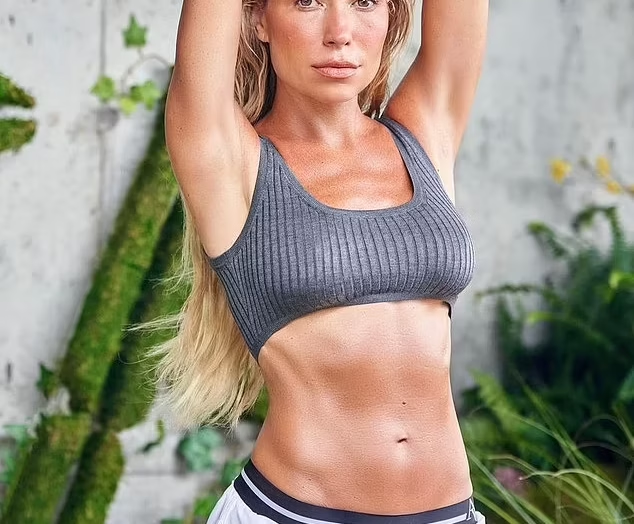Prebiotic vs. Probiotic: How to break down Gut Health
Gut health is more than just a trend- it’s the foundation of your overall well-being. From digestion and immunity to brain function and mood, your gut plays a major role. That’s where prebiotics and probiotics come in. These two work together like a dream team to balance your microbiome and support a healthy body from within. But what exactly are they and why do you need both? Let’s break it down. What are Prebiotics? Prebiotics are types of dietary fibers your body can’t digest- but your good gut bacteria can. Think of them as fertilizer from your microbiome. They feed beneficial bacteria, helping them thrive and produce short-chain fatty acids like butyrate, acetate, and propionate, which fuel your gut lining and support your metabolism. Benefits of Prebiotics: What Are Probiotics? Probiotics are live bacteria found in certain foods and supplements that add to the population of healthy microbes in your gut. These are the “good guys” that help restore balance when things go off track- after antibiotics, stress, or a poor diet. Benefits of probiotics: Why you need Both Think of your guy like a garden. Prebiotics are the fertilizer, and probiotics are the seed. Without prebiotics, your probiotics won’t thrive. And without probiotics, you won’t get the diverse bacteria your gut needs. Eating a combination of both helps maintain a strong, resilient microbiome that supports long-term health. Top Prebiotic foods to add to your diet These are fiber-rich foods that fuel your good gut bugs: Tip: Eating prebiotic food raw when possible helps preserve their fiber content Top Probiotic Food to Try These foods contain live beneficial bacteria: Tip: Look for phrases like “live and active cultures” or “Naturally fermented” on labels. A healthy gut starts with what’s on your plate. Prebiotics feed your good bacteria, while probiotics bring them in and help them flourish. By incorporating both into your daily routine-from fiber-rich veggies to fermented foods- you’ll improve digestion, boost your immune system, and support a healthier, happier you. Want a gut-friendly routine? Start simple Sources: https://www.amazon.com/Coconut-Cult-Yogurt-Chocolate-Mousse/dp/B07XC8FCZ2 https://www.healthline.com/nutrition/19-best-prebiotic-foods https://www.health.harvard.edu/nutrition/prebiotics-understanding-their-role-in-gut-health https://www.mayoclinic.org/healthy-lifestyle/nutrition-and-healthy-eating/expert-answers/probiotics/faq-20058065

















































